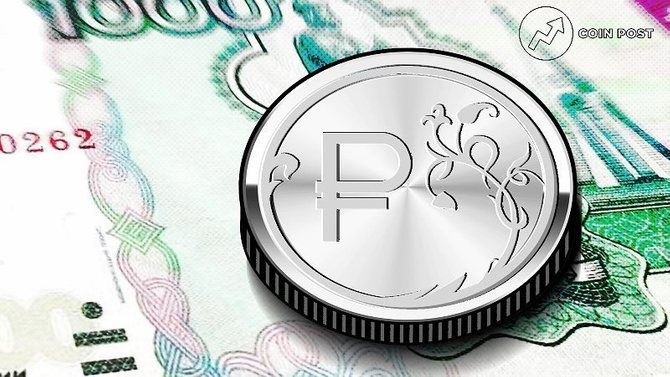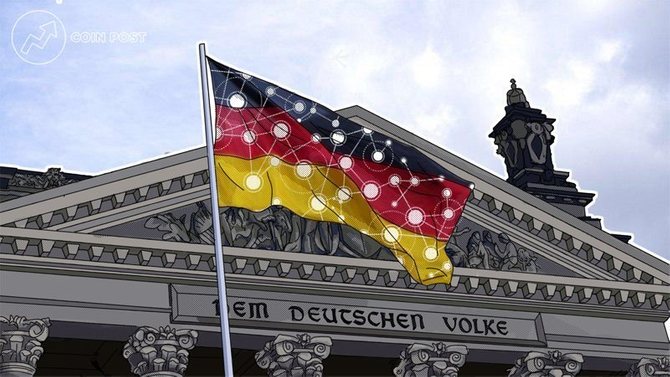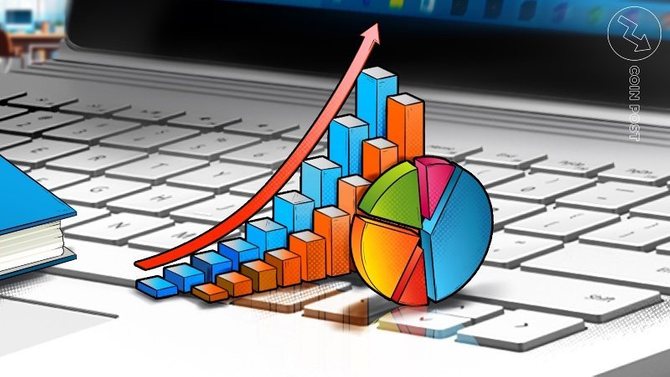
In our time, there are practically no countries in which there was only one type of economic relations. Over the past hundred years, due to the active processes of interweaving and uniting civilizational formations that differ from each other, a completely new type of economy has been formed - a mixed one.
Based on the name, one can assume that we are talking about a mixture of elements of all other economies — traditional, planned and market. And this is true, but at the same time, this type of economic relationship has its own unique features, which we will analyze in this article.
What is a Mixed Economy

A mixed economy is a hybrid system of economic relations characterized by the coexistence of private, public and corporate commerce. All of the listed categories of participants in this system can own production facilities, provide services, hire labor, conclude contracts with other entities and take other actions as equal market players.
The foundations of a mixed economy were first theoretically derived in the 30s of the twentieth century by the Englishman John Keynes and were subsequently partially used by US President Roosevelt during the economic crisis.
The very concept of a mixed economy was first formulated and introduced into circulation in the 60s by the American Paul Samuelson, who relied on the works of Keynes.
For a more detailed explanation of what a mixed economy is, see the video below:
Signs of a Mixed Economy

Most often, it is possible to determine that the economy of the state is of a mixed type by the following criteria:
- The country encourages entrepreneurial activity, and to stimulate it, subsidies, grants and other incentives are used to increase economic efficiency;
- Business entities are free to make financial decisions, but the final redistribution of income is carried out under state control (tax, license, industry fees, etc.);
- Different forms of ownership (private, state, corporate) coexist proportionally;
- The state occupies a dominant position only in a few areas of high importance for the country (nuclear energy, military industry, customs, etc.).
- There is healthy market competition and antitrust regulation;
- Most of the funding for public infrastructure is provided by the state (schools, kindergartens, libraries, hospitals, etc.). Private education and medicine are also present and widespread in the country;
- The market is oriented towards consumer demand, while the state can also act as a client of the private manufacturing sector and thus influence pricing;
- The state regulates the national economy, focusing on consumer protection, combating unemployment and increasing the level of social guarantees for the population.
Examples

The main difference between the two usually lies in the degree of government regulation of the markets. For several decades after World War II, the role of the state in the economies of Western countries was actively increasing. But from the beginning of the 80s, the opposite trend began to be observed.
For example, in the German mixed economy model, the state creates social and legal conditions for private commerce, but no specific economic goals are set - this happens naturally due to decisions made by market participants.
The Japanese mixed economy model is state-regulated corporate capitalism, who are characterized by the programming of economic and investment goals, coupled with social guarantees for all participants in this system. Also, the emphasis is on the preservation of national traditions and customs, along with the introduction of the experience of other countries.
In Sweden, the economy is built on a mixed social democratic model. It is based on assigning to the state the role of the supreme democratically elected force, to which all regulatory powers in the socio-economic sphere are delegated.The global goal in this system is to establish social equality and ensure civil rights. For this, the state seeks to ensure economic stability and redistribution of income by creating social consumption funds.
At the same time, significant conceptual differences between mixed and market types of economic relations are practically erased. The same is now happening in most other Western and developing countries — in fact, the mixed economy in them is the same market economy with the enhanced role of the state in its regulation.
But the process is proceeding very slowly, since the basic conditions for the formation of such a system are not met. In particular, the government should be removed from the influence on the economic activities of enterprises and ensuring the proper level of social guarantees and protection of citizens.
Mixed Economy: Pros and Cons

The mixed economy is a natural form of development of market relations in modern society.
Due to this, in developed countries with a mixed economy, there is a high level of employment of the population and social guarantees for it (pension, insurance, subsidies).
In addition, the mutual integration of private and public principles in the economy provides the following advantages:
- The problem of monopolies and shortages of goods is eliminated or minimized;
- The economy develops up to the level at which it can satisfy all the basic needs of the country's population;
- Entrepreneurs are gaining relative financial freedom;
- To stimulate infrastructure and production, significant resources are directed to the development of the achievements of scientific and technological progress;
- Democratic socialism is developing.
Like any other of the existing economies in the world, in practice, a mixed one is not ideal and can be characterized by the following disadvantages:
- Incomes within the country are distributed unevenly, as a result of which social stratification of the population persists;
- The influence of the state can hinder the development of industrial entrepreneurship, in particular, to limit the development of new sales markets, which may lead to stagnation of the country's production assets;
- The economic development models of some countries do not work with a direct transfer to others, since in each case, planning is required taking into account national specifics.


